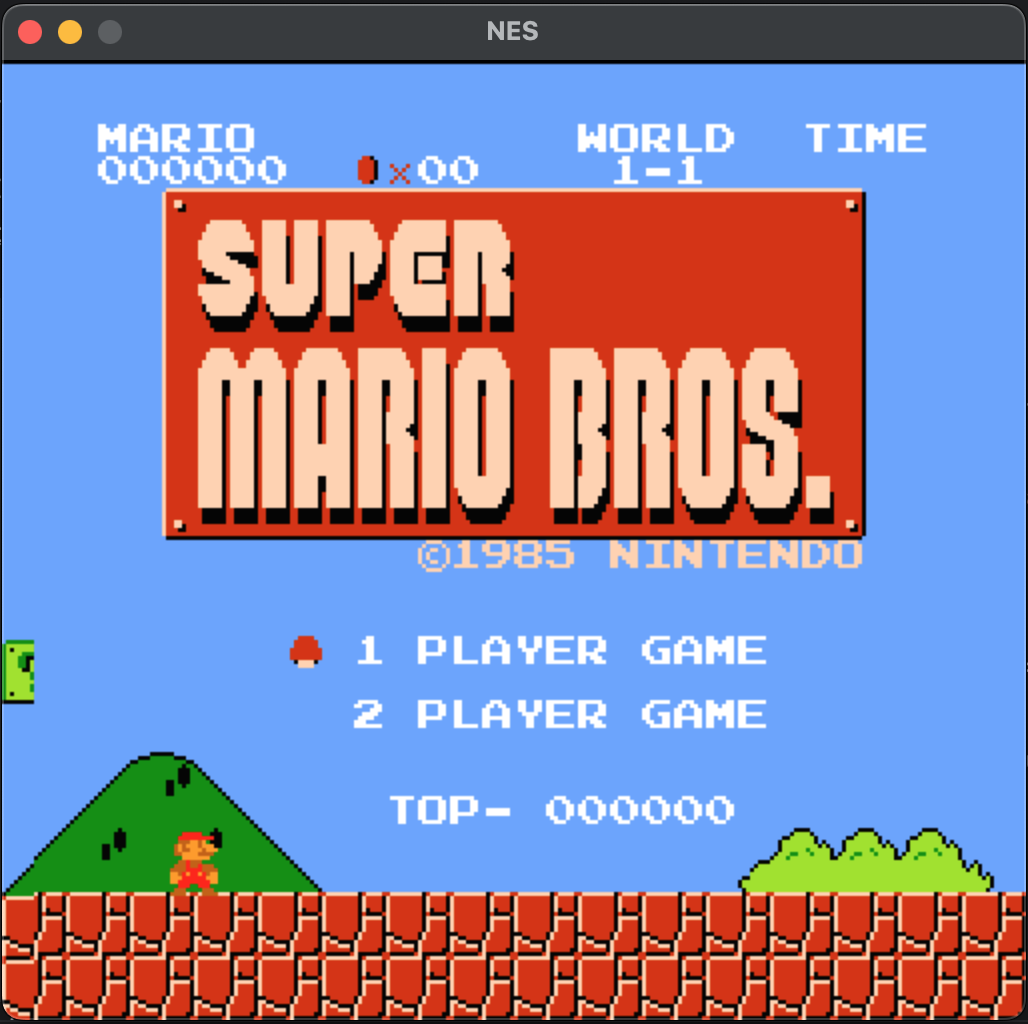
Hi, I’m Dustin 👋🏻
I’m a Full-Stack Software Engineer based in NYC.
I also like to tinker around with emulator development from time to time.
Here you can find a showcase of my work experience, some personal projects, ideas, and publications
Latest Personal Projects
NES Console Emulator

A Rust-based endeavor to emulate the Nintendo Entertainment System.
Chat Plays OBS

A 'Twitch Streamer Tools Hackathon' project
Multi-Platform XO-CHIP Emulator

A multi-extension XO-Chip / SuperChip / Chip8 emulator written in Rust. This emulator can be built as a standalone binary, or compiled to WASM to run in a web browser
Intel 8080 CPU Emulator

A Go-powered application meant to emulate the Intel 8080 CPU and Space Invaders arcade cabinet architecture
Heart Rate Extraction from Normal Video using Eulerian Video Magnification
Computer Vision Final Project
Latest Posts
# Simplifying 6502 Addressing Modes in Rust Emulation
Embarking on the journey of building a CPU emulator is a fascinating dive into the fundamental workings of computing. At its core, a 6502 CPU emulator, like many others, operates as a sophisticated…
# Astro - A Fantastically Fast Way To Create a Static Site
Astro is a modern, all-in-one web framework designed for building fast content-focused websites. Think blogs, marketing sites, portfolios, and e-commerce stores. Its core philosophy revolves around…